Wheat Farming in Kenya
Wheat farming in Kenya has been done for decades. Production levels have been able to meet local demand, resulting in importing to meet the deficit.
Wheat being the second most consumed food in Kenya can be a profitable crop to grow, if well managed.
Success in wheat farming in Kenya depends on:-
- Disease and pest control,
- Planting the right seeds / improved varieties,
- Good soil and water management practices,
- Marketing
The Market for wheat
Doing wheat farming commercially means that you are putting into consideration all the production costs involved from the time you plant to harvesting. In Kenya, the government buys wheat from farmers at reasonable prices. During the last wheat season, a 90 kg bag was going at Kshs.3400.
If you want to be a wheat farmer in Kenya, you need to calculate your potential profits first before investing. It is also a lucrative venture because of enough demand in both domestic and international.

Health benefits of wheat
Wheat is essential to human nutrition. In Kenya, wheat is utilized more by the urban population than the rural communities. This is, in most cases, in the form of processed and packaged products. Wheat can comparatively give you a higher nutritional value than maize and can blend well with other foods, thus giving them value. Here are the health benefits of consuming healthy whole wheat.
- Controls obesity
Studies indicate that people who consume whole grains such as wheat over lengthy periods have shown considerable weight loss than people who don’t.
- Increases Energy
Whole wheat contains vitamin B, which provides your body with energy. Furthermore, it contains complex carbohydrates that help you feel fuller for a more extended period.
- Reduces chronic inflammation
The betaine content found in wheat prevents chronic inflammation. Its anti-inflammatory properties lessen the risk of diseases like heart diseases, type-2 diabetes, osteoporosis, and cognitive decline.
- Prevents gallstones
Whole wheat contains insoluble fiber; it, therefore, helps for a fast and smooth intestinal transit time and reduces the secretion of bile acids. Excessive bile acids are a significant cause of gallstone formation.
- Improves metabolism
The fiber in whole wheat products boosts the digestive process in your body, thus improving overall metabolism.
Varieties of Wheat in Kenya
Most farmers in Kenya grow the Durum variety. However, there are other varieties including
- Kenya eagle
- Kenya Wren
- Kenya Korongo
- Robin
- Hawk12
- Kenya Tai
- Kenya sunbird
- Kwale
- Eagle 10
- Duma
- Ks-Chui
- Kenya kingbird
- Durum
Ecological requirements of growing wheat
Altitude
Altitude areas that cultivate wheat usually have an altitude of 1500-2900m above sea level.
Rainfall
Wheat usually does well inadequate rainfall that ranges from 500-1300mm
Temperature
A temperature of about 15.5 degrees Celsius is required during the growing season. The weather should be moist and warm during the early stages while dry and sunny during the later stages.
Soil
Wheat usually requires deep fertile soils that are well-drained. The PH should be 5.5-7.5. You should know that your wheat is generally very sensitive to soil salinity.
Yield per acre for wheat
A one-acre piece of land can produce over 20-100kg sacks of wheat. Kenya Wren and Kenya Korongo yield 8.5 tons/ha. Robin variety yields a potential of 8.1tons/ha. Different wheat varieties vary in yields.
Land preparation when growing wheat
Ensure that you timely and adequately till your land to increase soil moisture conservation and physical properties. You need to till the soil to a depth of around 6 inches deep.
You then should mix the soil with DAP and manure. It will improve the rate of nutrient uptake as well as stimulate the growth of your crops. You can use a non-selective herbicide to destroy the weeds.
Nursery preparation for wheat
Before you sow the seeds in the field, you need to ensure that there is enough moisture in the soil. Germinate the seeds in shallow furrows of 1-1.5 inches depth in a square grid with spaces of about 8 inches between the rows in perpendicular directions. Your seeds will sprout after one week ready for transplanting.
Early seabed preparation conserves soil moisture.
Transplanting wheat
In a well-prepared tilled land with sufficient soil moisture, place two sprouted seeds in the intersections where the marked furrows meet. Cover the seeds with soil.
When planting wheat on a large scale, nursery preparation is not necessary. You can use tractors instead.
Irrigation Requirements for wheat
You need to irrigate your wheat crop based on physiological stages. There are six stages;
- Crown root initiation occurs 20-25 days after sowing. In late sown crops, give first irrigation within 25-30 days after planting.
- Late tilling – 40-45 days after sowing
- Late jointing- 65-70 days after sowing
- Flowering stage- 90-95 days after sowing
- Milk stage- 105-110 days after sowing
- Dough stage- 120-125 days after planting.
If water availability is inadequate, you should irrigate your wheat at all stages. You have to regulate the depth of irrigation to make up for the soil moisture deficit in the root zone of the crop. The depth of irrigation ranges between 6-8 cm depending on the soil type and the irrigation interval.
If you want to harvest a bumper crop of wheat in Kenya, you can apply the check-basin method of irrigation or border strip method.
Diseases affecting wheat
The diseases described below can attack your wheat farm in Kenya. This enables you to identify them and use available controls.
Yellow rust
It infects leaves. You will see yellow rust spores. They first appear small and circular and develop into parallel yellow stripes on the upper leaf surface and as yellow powder inside the glumes.
Brown leaf rust
If this infects your crop. You will notice the formation of circular or slightly elliptical pustules that are smaller than those of stem rust.
Black stem rust
This infects leaves, stems, leaf sheaths or glumes. Dark brown pustules developing on stems and spikes of your wheat crop is a sign of the infection. You can lose your produce as a result if the disease progresses.
Loose smut
You can easily recognize this disease at the heading growth stage. The heads appear dusty black with black spores in place of grain. Yield losses will depend on the number of spikes infected.
Barley Yellow Dwarf
Dwarfing and yellow coloring of leaves from the tip is a sign that your crop is infected. This is a virus disease. The heads of your wheat crop become discolored, especially during ripening.
Pests affecting wheat
Field pests can attack your wheat in Kenya. Field pests include various aphids, termites, grasshoppers, thrips, beetles, nematodes (of roots and grain), larvae, and birds.
Cereal aphids
Cereal aphids can be severe pests in wheat. The Russian Wheat Aphid (Diuraphis noxia) is among the most damaging pests of small grain cereals. This is a relatively new pest of wheat in Kenya. Its infestation causes yellowing and premature death of leaves. This gives your wheat crop stunted growth and reduces plant vigor which eventually results in yield loss.
African Armyworm
African Armyworms’ primary indicator is partly stripped leaves. Severe infestation of the swarming phases of the armyworm results in total defoliation of the plant to ground level.
Wheat is also attacked at germination where rodents retrieve your sown seeds.
Weed Control
You can control annual weeds by tillage or with herbicides. For successful control of weeds, you have to consider the life cycle of the weeds to control spread or re-infestation, or you should have knowledge regarding the nature of the weed.
You require timely seabed preparation in conjunction with the use of recommended herbicides to eradicate weeds such as couch grass.
Intercropping wheat
You may intercrop wheat and pea. This is profitable in terms of economic return as it maximizes your overall grain yield. In the case of intercropping wheat, onion, and garlic, it reduces the density of weed in your land. This makes total biomass yield high enough to compensate for losses that you may encounter.
If you want proper utilization of resources, you can intercrop barley and wheat.
Harvesting and Post-Harvest
In Kenya, your wheat is ready for harvesting after about four months. Maturity varies with different varieties. You should harvest your crop when it matures. This is indicated by the golden brown color of the plant and grains that cannot be dented with the fingernail.
In the case of commercial wheat farming, the use of combine harvesters is a great way of harvesting your produce. Combine harvesters simultaneously do the harvesting, threshing, and winnowing of your grains.
Measures to reduce post-harvest losses include timely harvesting and timely application of pesticides.

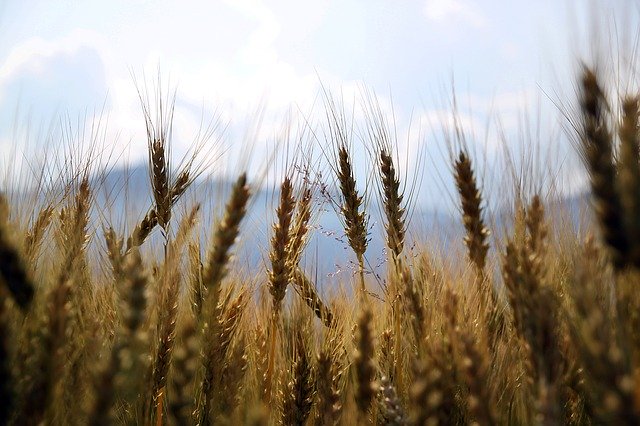
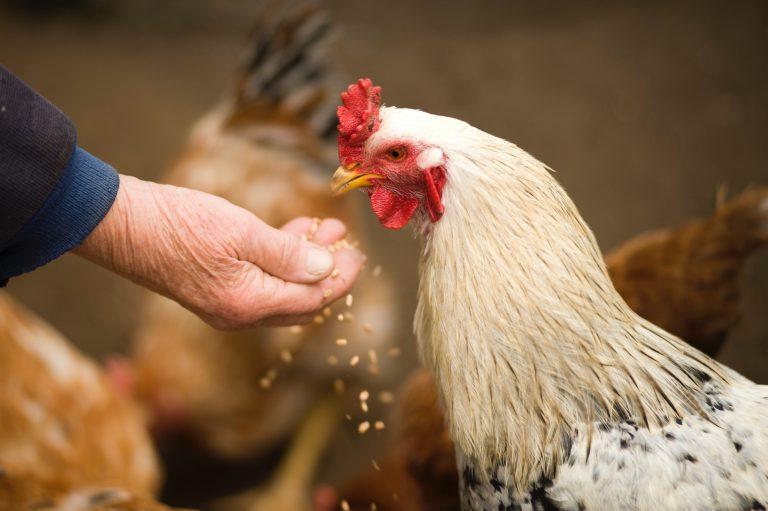
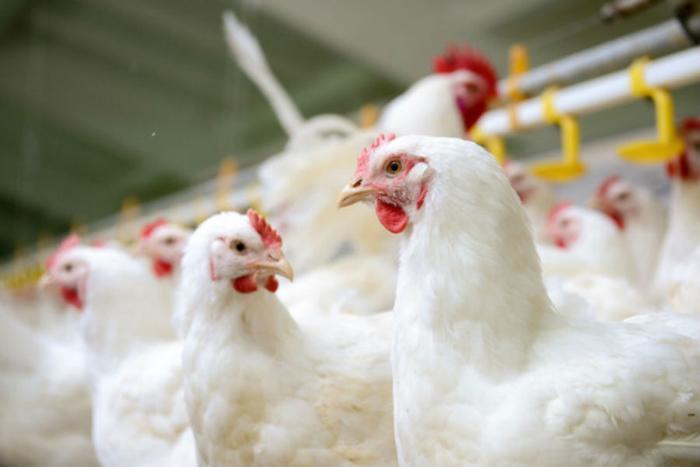
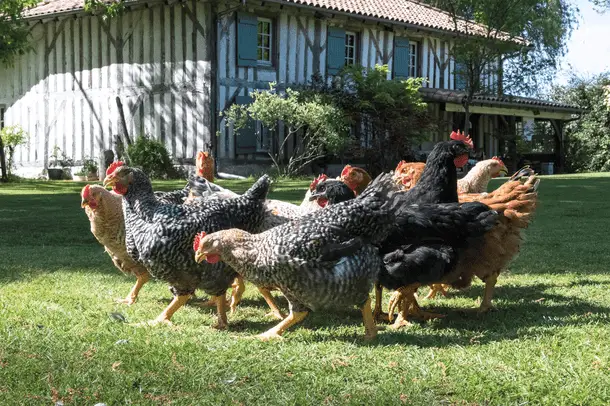
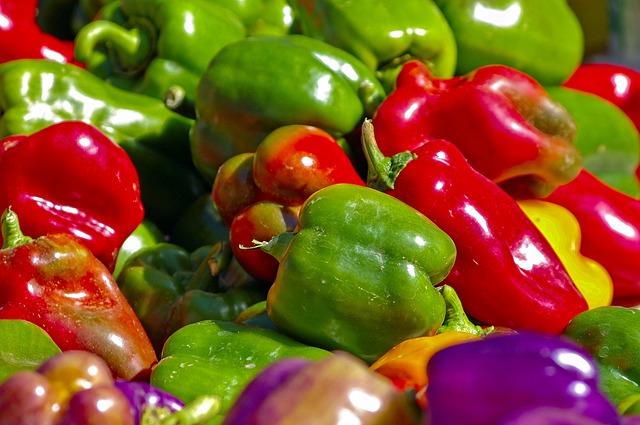
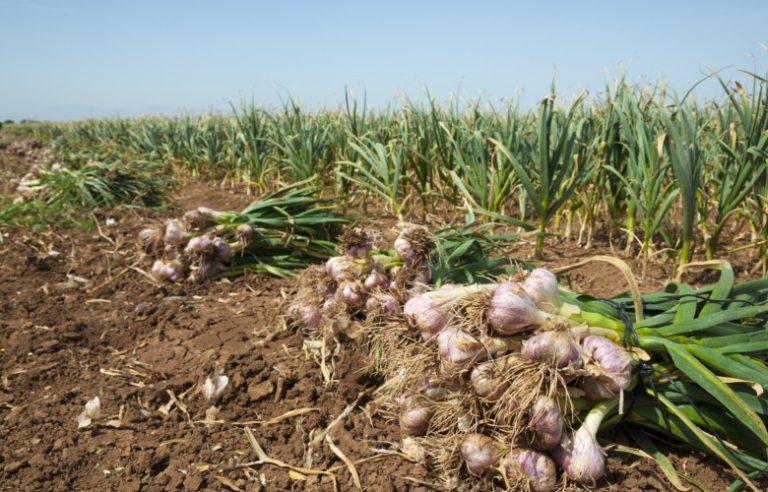
![Watermelon Farming in Kenya Guide [updated for 2025]](https://value.co.ke/wp-content/uploads/2019/03/watermelon-kenya-768x430.jpg)
very useful
very useful
very insightful.
very insightful.